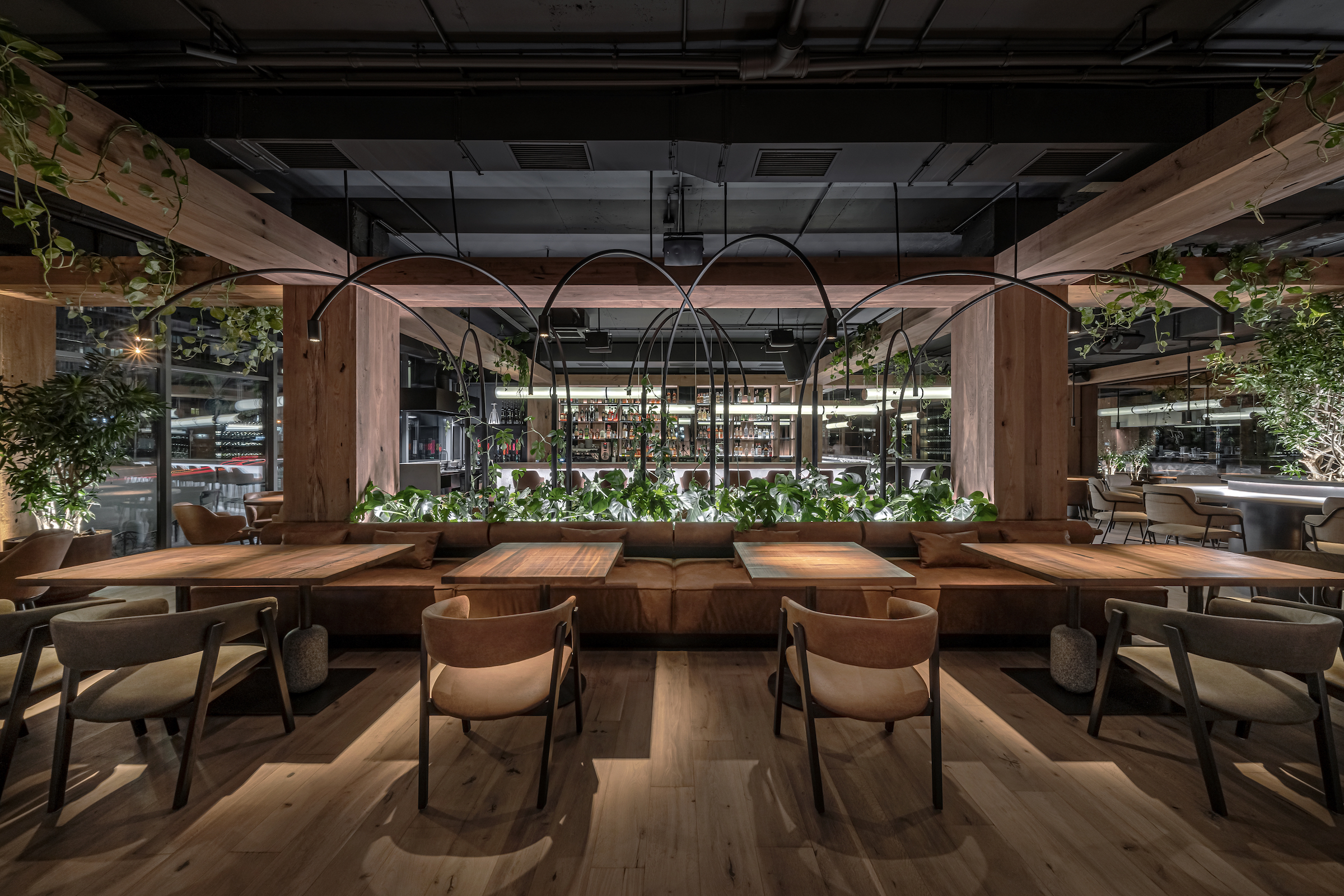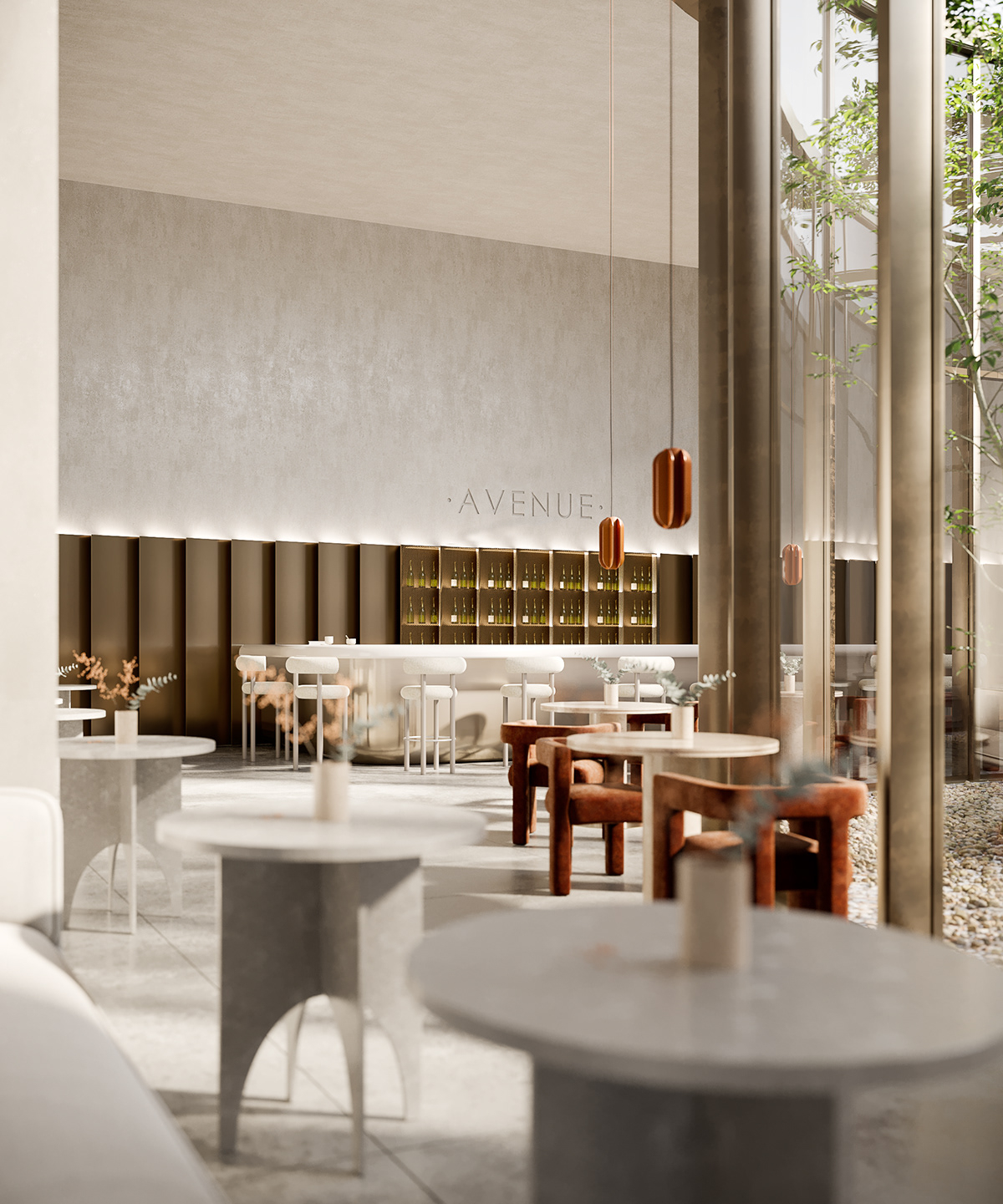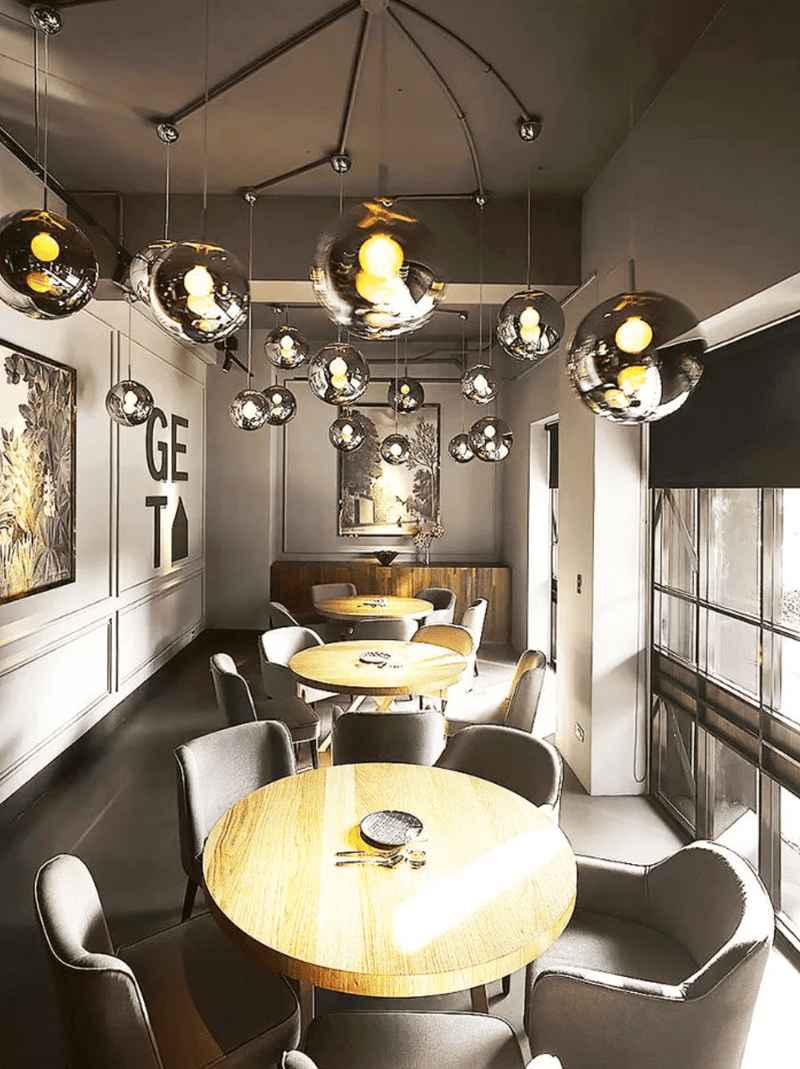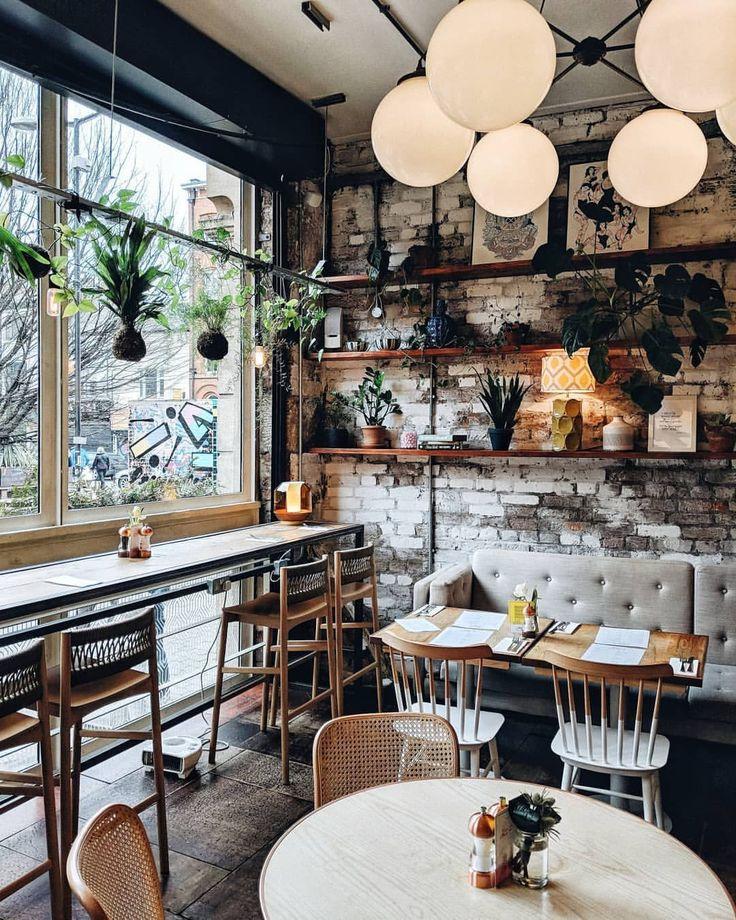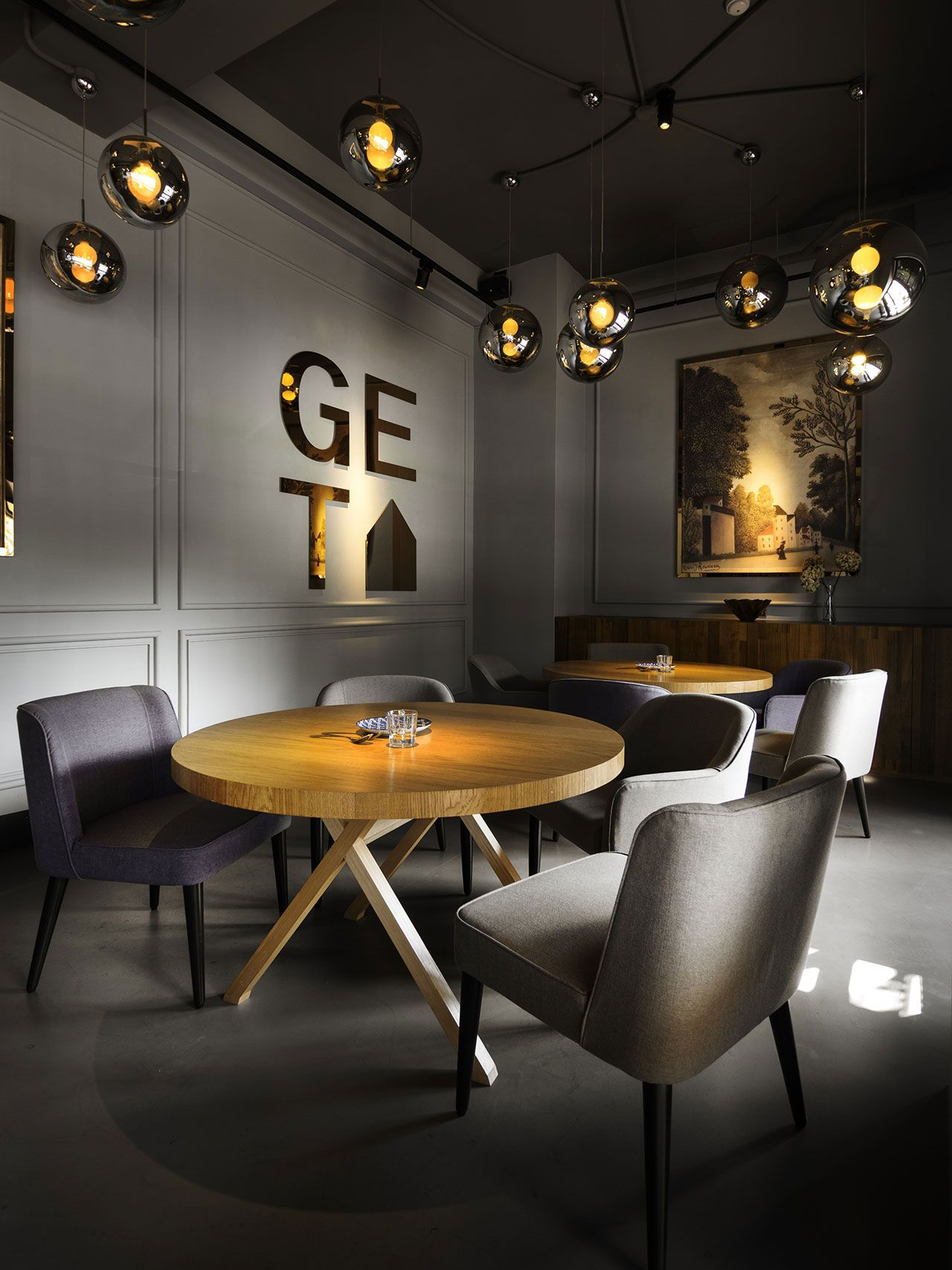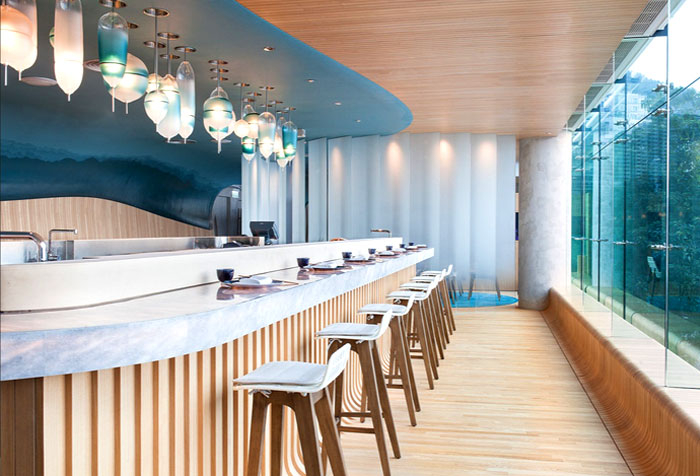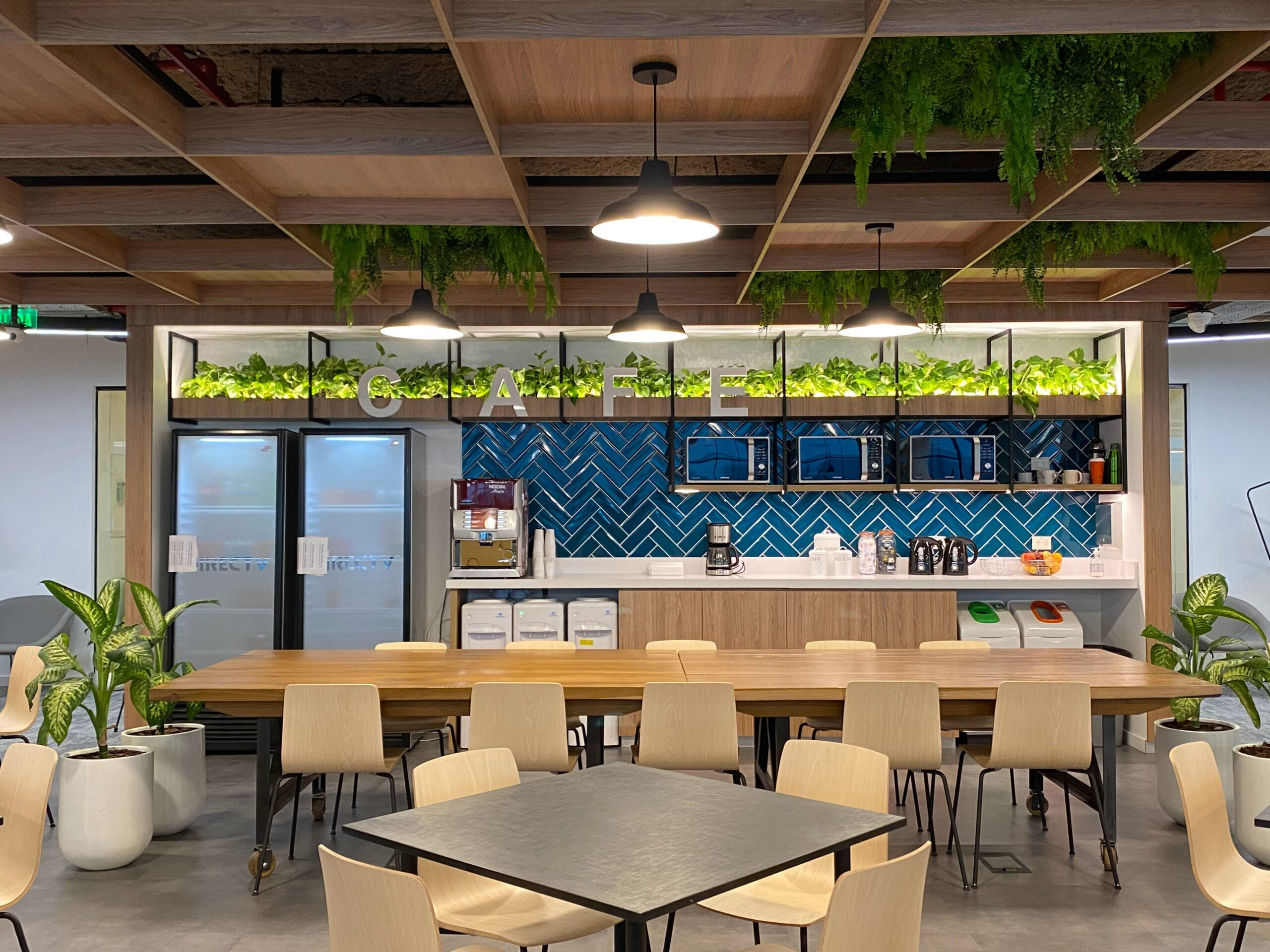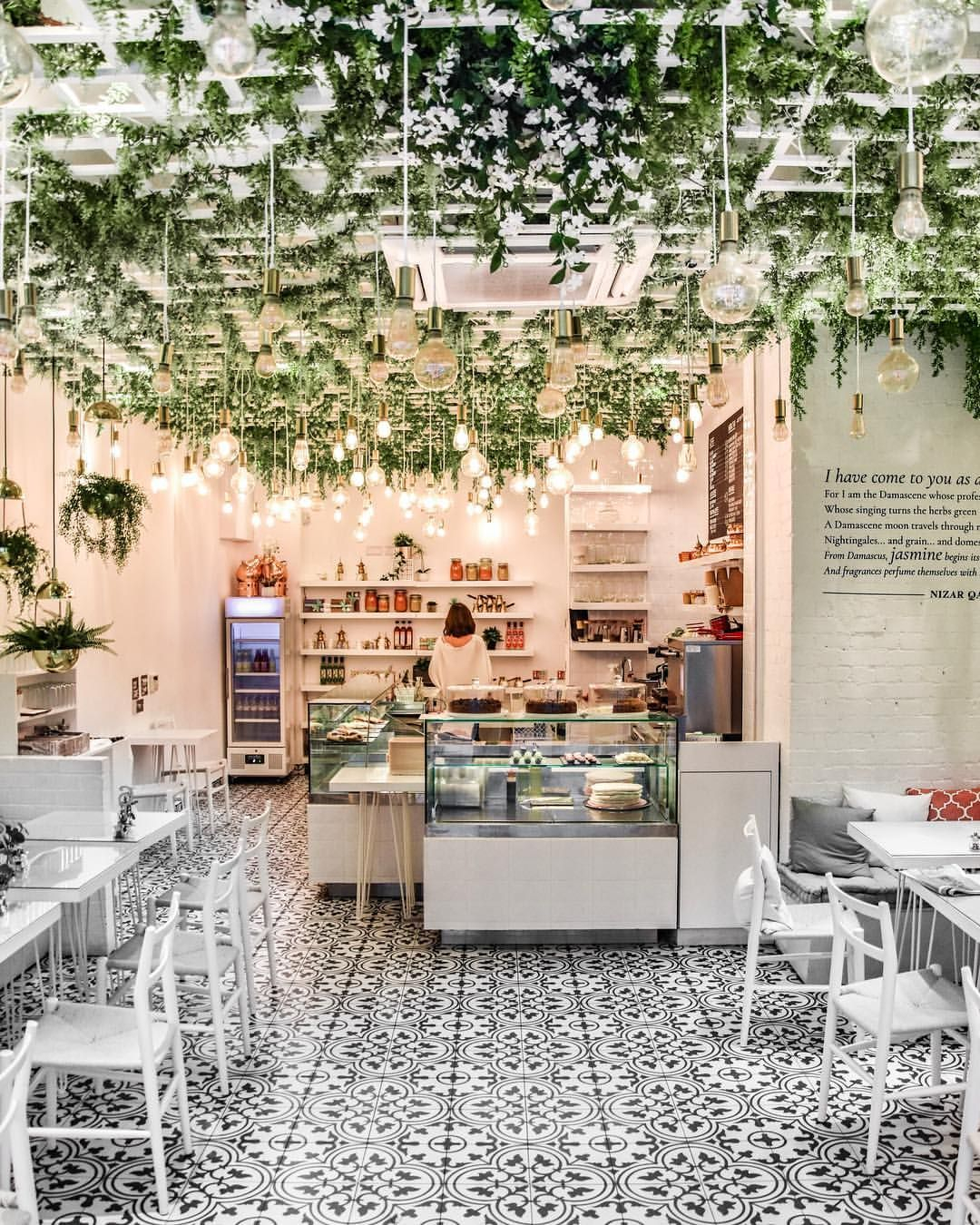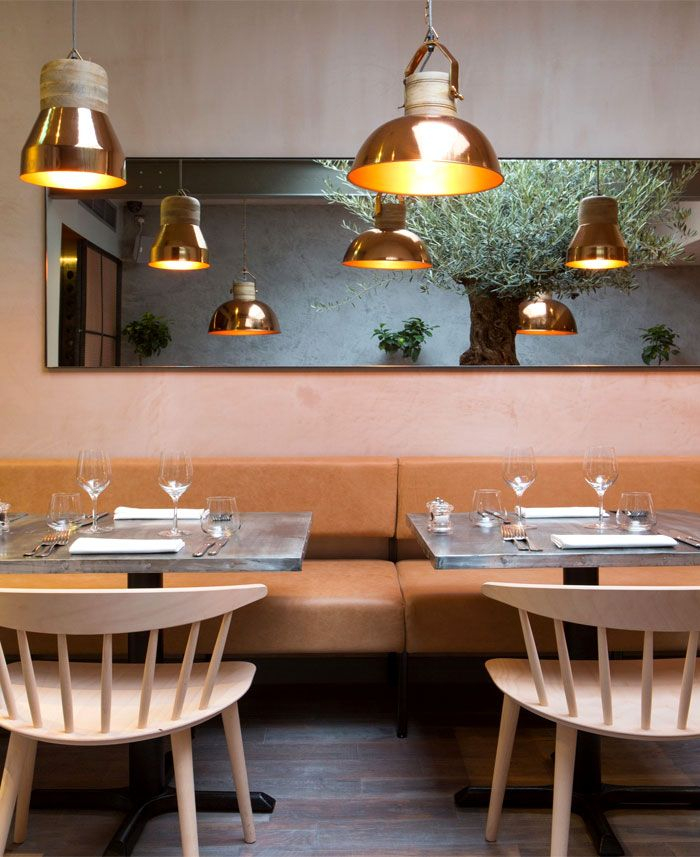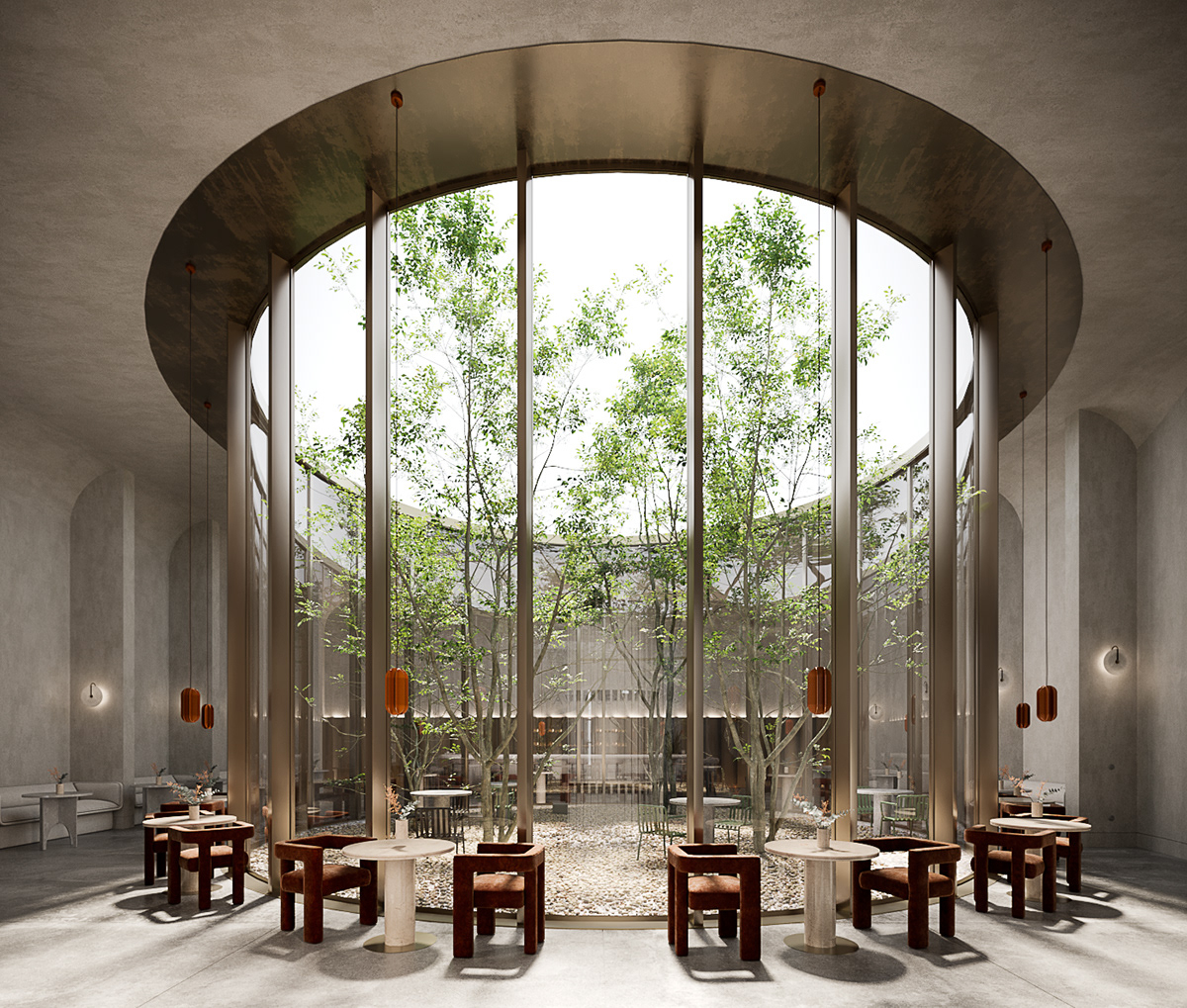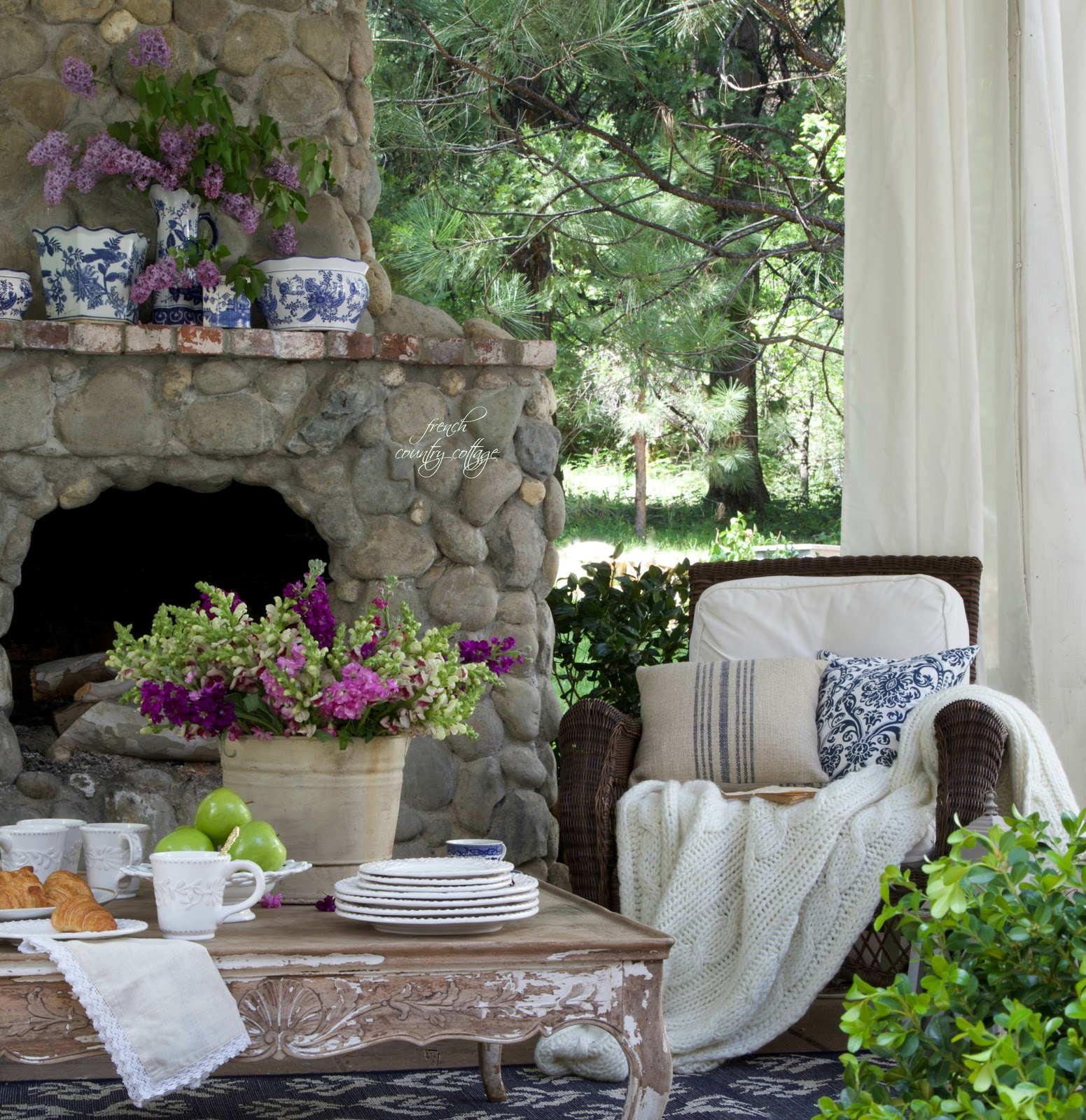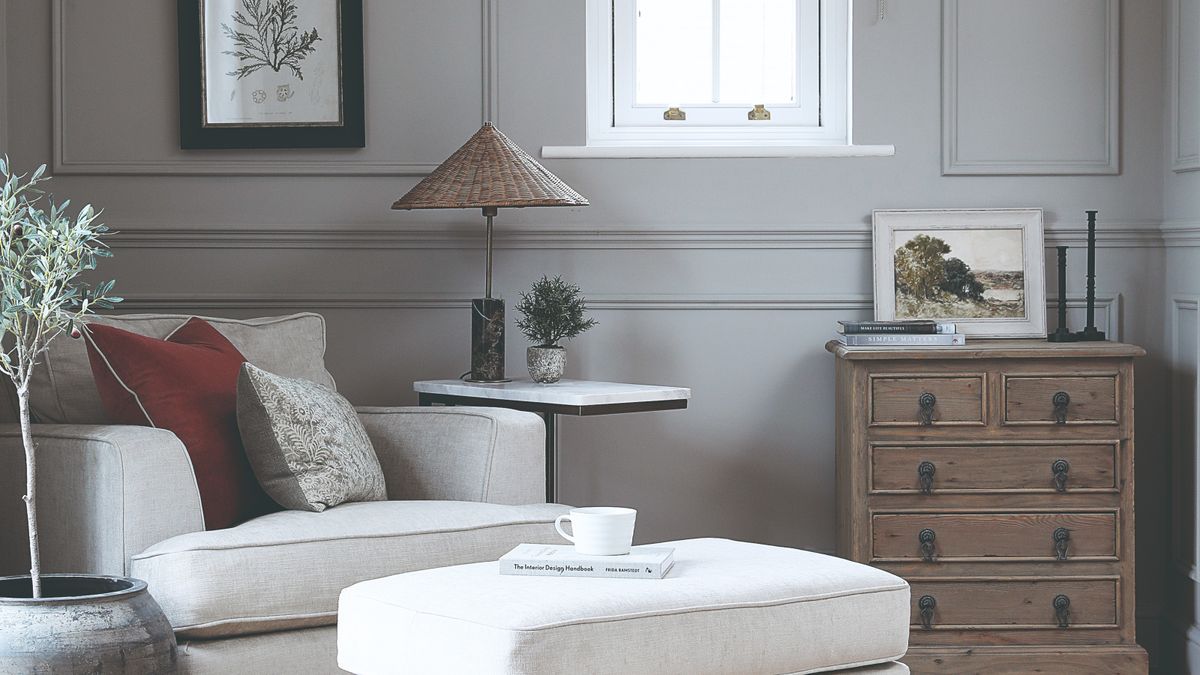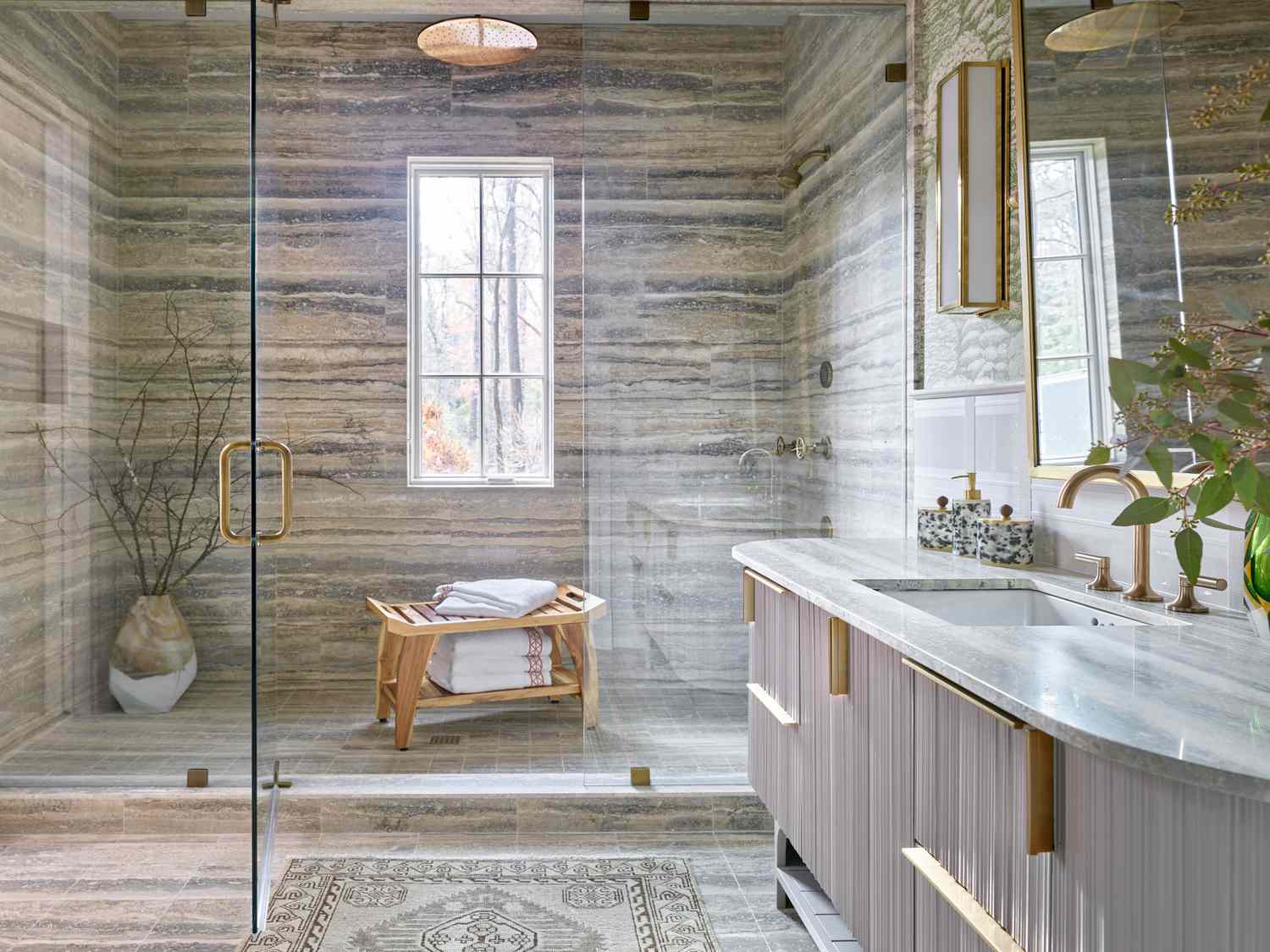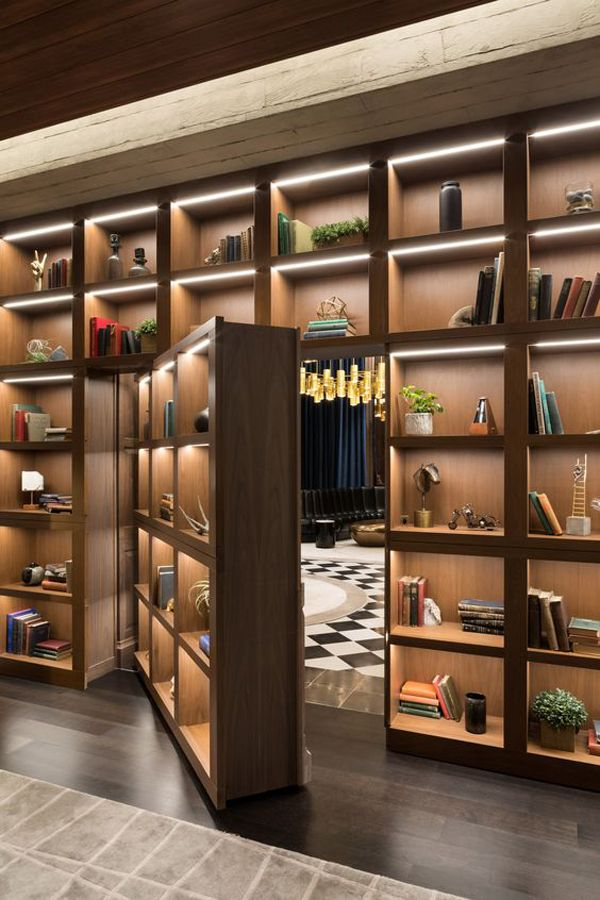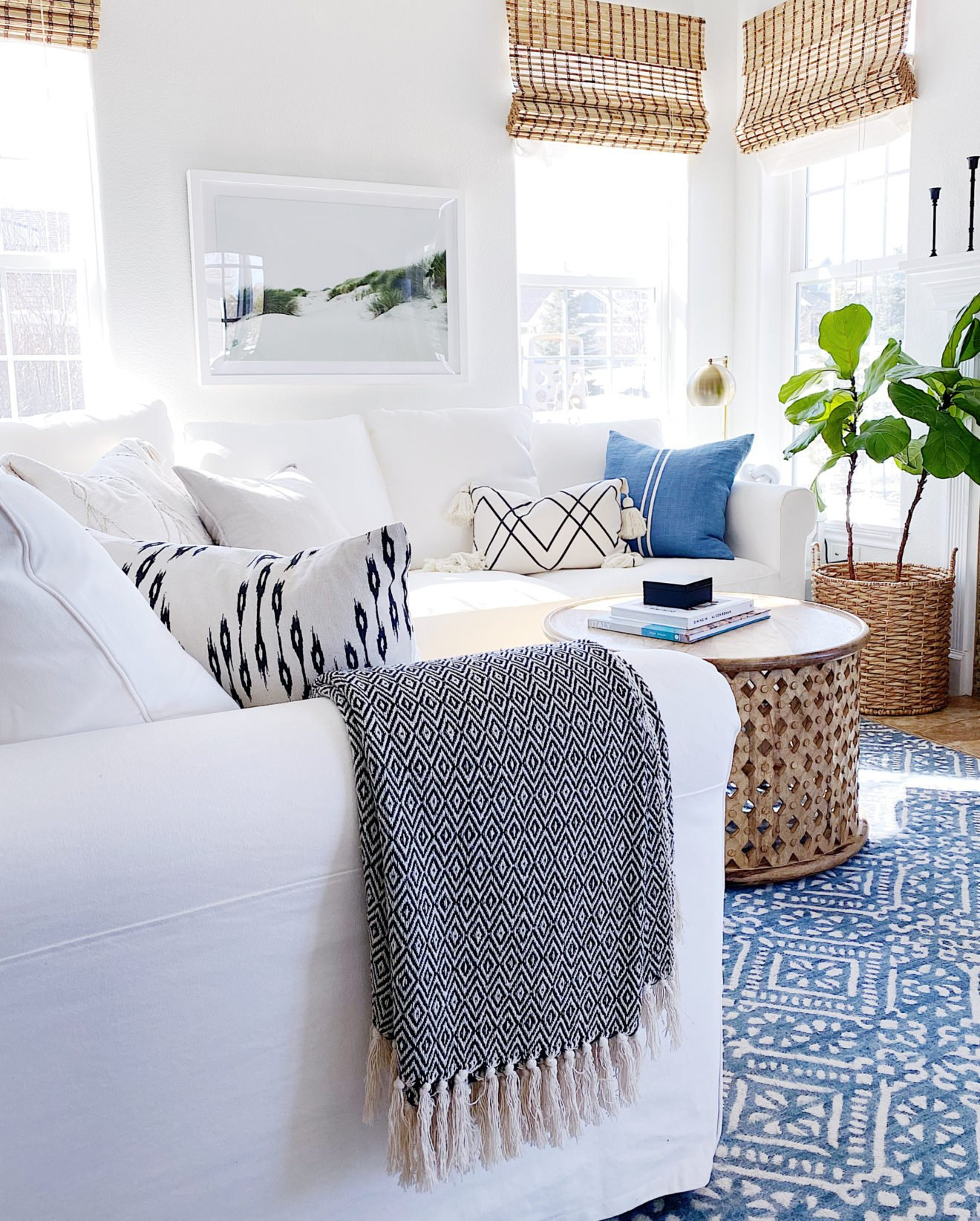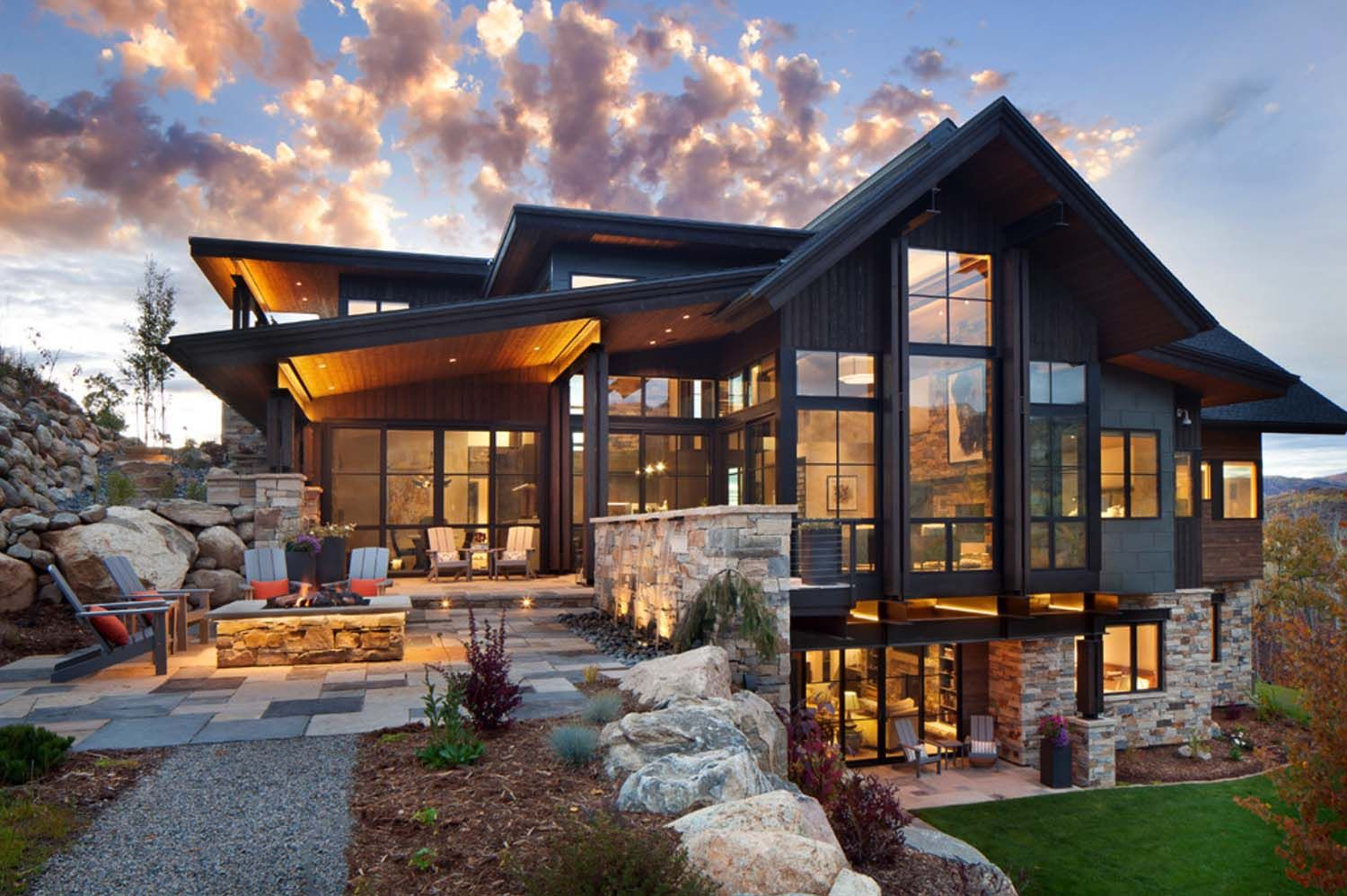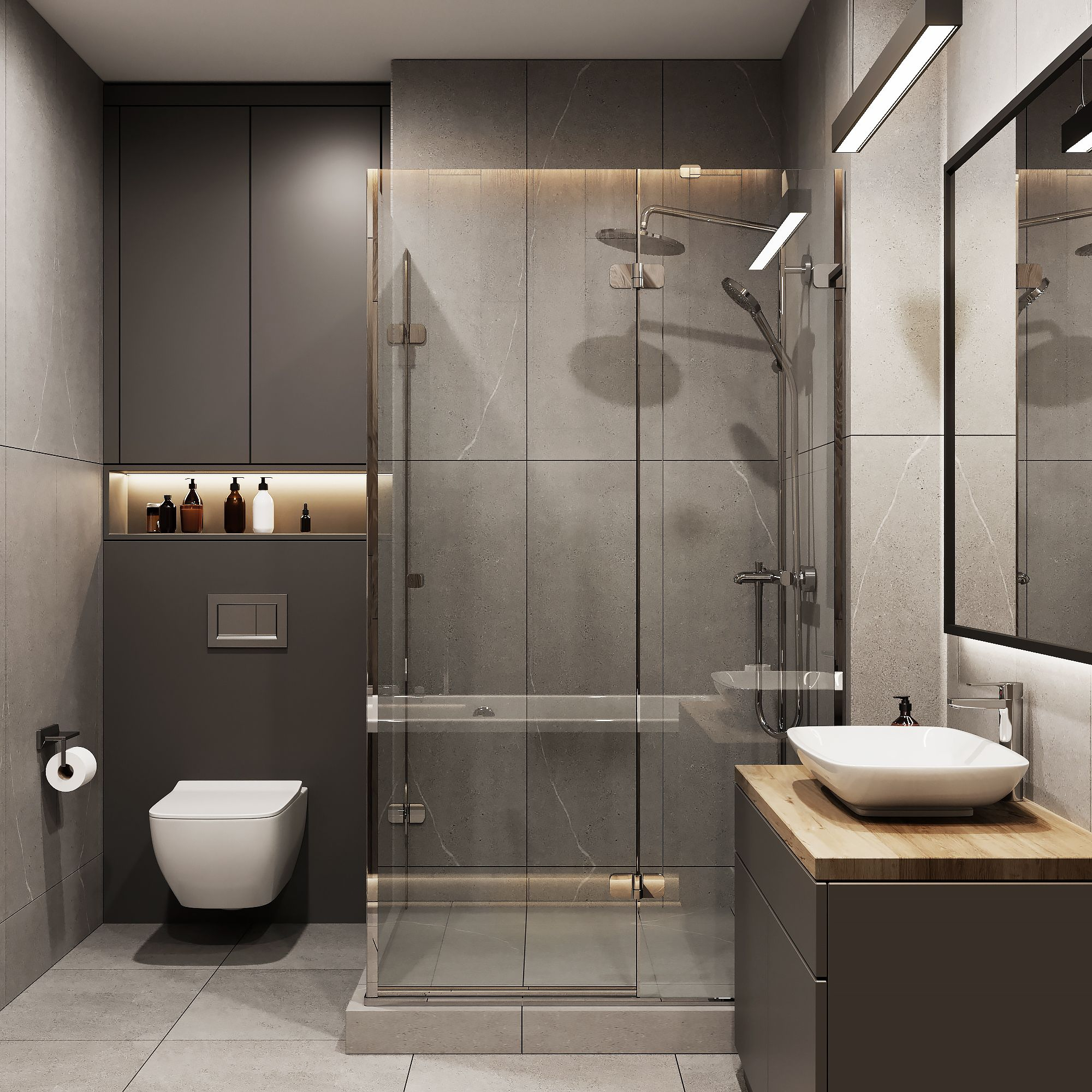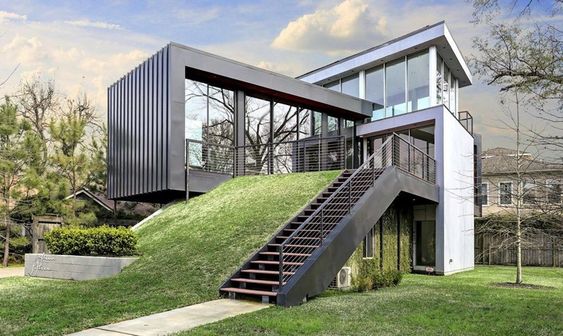Walk into a restaurant, and what’s the first thing that hits you? It’s often the atmosphere, isn’t it? That feeling of being welcomed, or perhaps, a sense of… well, something else. Much of that initial impression, that subtle nudge towards comfort or excitement, comes from something we often overlook: the walls. They’re not just barriers; they’re canvases, storytellers, and architects of emotion. Let’s delve into how these vertical surfaces can transform a dining space into an intimate haven.
Think about your favorite restaurant. What makes it special? Is it the food, the service, or something more intangible? Often, it’s the feeling you get the moment you step inside. That feeling is meticulously crafted, and the walls play a starring role. They’re the silent architects, shaping our perception and guiding our experience. In the realm of restaurant design, especially when aiming for that coveted intimate feel, the treatment of walls is paramount. It’s an art form, really, blending aesthetics with psychology to create spaces that feel both personal and inviting. Forget grand pronouncements; intimacy is often found in the details, and the walls are where those details truly shine.
The Power of Texture and Material
Materials speak volumes. A rough, exposed brick wall evokes a rustic, grounded feel, perfect for a cozy bistro. Imagine the warmth radiating from it on a chilly evening. Then there’s smooth, polished wood, lending an air of sophistication and natural elegance. Think of a dimly lit steakhouse where rich mahogany panels create a sense of deep comfort and understated luxury. Even plaster, with its subtle imperfections and ability to catch light, can add a tactile dimension. For a truly intimate setting, consider materials that invite touch and offer visual depth. Think natural fibers, textured wallpapers, or even strategically placed acoustic panels that not only dampen sound but add visual interest. These elements break up the monotony and offer something for the eye to linger on, fostering a sense of closeness.
Color: Setting the Emotional Tone
Color is probably the most obvious tool in the designer’s arsenal, and for good reason. It has a profound impact on our mood and perception of space. Deep, warm colors like rich burgundies, forest greens, or earthy browns tend to create a cozy, enveloping atmosphere. These hues can make a large room feel smaller and more intimate, drawing people together. On the other hand, lighter, cooler tones can make a space feel more open and airy, which might not be ideal for intimacy. However, even lighter colors can be used strategically. A soft, muted teal or a warm greige can still feel inviting without being overwhelming. The key is to consider the psychological effect of each shade and how it contributes to the overall desired feeling. Are you aiming for romantic and sultry, or warm and familial? Your wall colors will be a major determinant.
Strategic Lighting and Wall Treatments
Lighting is inextricably linked to how we perceive walls and, by extension, the entire space. Dim, warm lighting is a cornerstone of intimate dining. Think about wall sconces casting soft pools of light, or uplighting that highlights textured surfaces. These techniques create shadows and highlights, adding depth and drama. Avoid harsh, overhead lighting that can flatten the space and make it feel sterile. Consider how your wall treatments interact with light. A matte finish will absorb light, creating a softer feel, while a slight sheen can reflect it, adding a subtle sparkle. For ultimate intimacy, consider discrete lighting integrated directly into the walls or decorative elements, drawing attention to specific features and creating intimate nooks.
Art and Decor: Telling a Story
Walls are natural places to display art and decor, and these elements can significantly enhance intimacy. Whether it’s a curated collection of vintage photographs, abstract paintings that spark conversation, or even unique wallpaper patterns, the choices you make tell a story. This narrative can draw guests in and create a shared experience. For an intimate setting, consider pieces that are personal, evocative, or that reflect the restaurant’s theme or history. Groupings of smaller pieces can feel more intimate than one large, imposing artwork. Even simple elements like mirrors, strategically placed, can add depth and reflect light, making the space feel more dynamic and engaging without sacrificing coziness. The goal is to add personality and warmth, making the space feel lived-in and cherished.
The Role of Sound and Acoustics
While not strictly a visual element, how walls manage sound is crucial for intimacy. A space that’s too echoey or where conversations from neighboring tables are easily overheard can shatter any sense of private connection. This is where acoustic treatments become vital. Sound-absorbing materials, whether integrated into the wall structure, applied as panels, or even incorporated into decorative elements like tapestries or thick curtains, can make a world of difference. Imagine enjoying a quiet conversation without shouting or straining to hear your dining companion. Well-designed walls can create a subtle buffer, allowing guests to feel comfortably ensconced in their own little world, even in a bustling restaurant. It’s about creating a personal sound bubble.
Divisions and Nooks: Creating Personal Space
Sometimes, intimacy isn’t just about softening edges; it’s about creating distinct zones. Low walls, decorative screens, or even strategically placed planters can help break up larger spaces into more intimate nooks. These divisions offer a sense of privacy and encourage closer interaction. Think of a booth with high sides, offering a semi-private enclosure, or a small, round table tucked away in a corner. These architectural elements, often built into or defined by the walls, create micro-environments within the larger dining room. They allow guests to feel like they have their own personal space, a quiet corner to enjoy their meal and company, fostering a deeper sense of connection and comfort.
So, you see, restaurant walls are far more than just structural components. They are the silent orchestrators of atmosphere, the storytellers, and the creators of intimacy. By thoughtfully considering materials, colors, lighting, art, acoustics, and spatial divisions, designers can transform a dining room into a truly welcoming and intimate sanctuary. It’s about creating spaces that don’t just serve food, but also nurture connection and create memorable experiences. The next time you dine out, take a moment to appreciate the walls. They might just be whispering secrets of a perfectly crafted, intimate experience.

